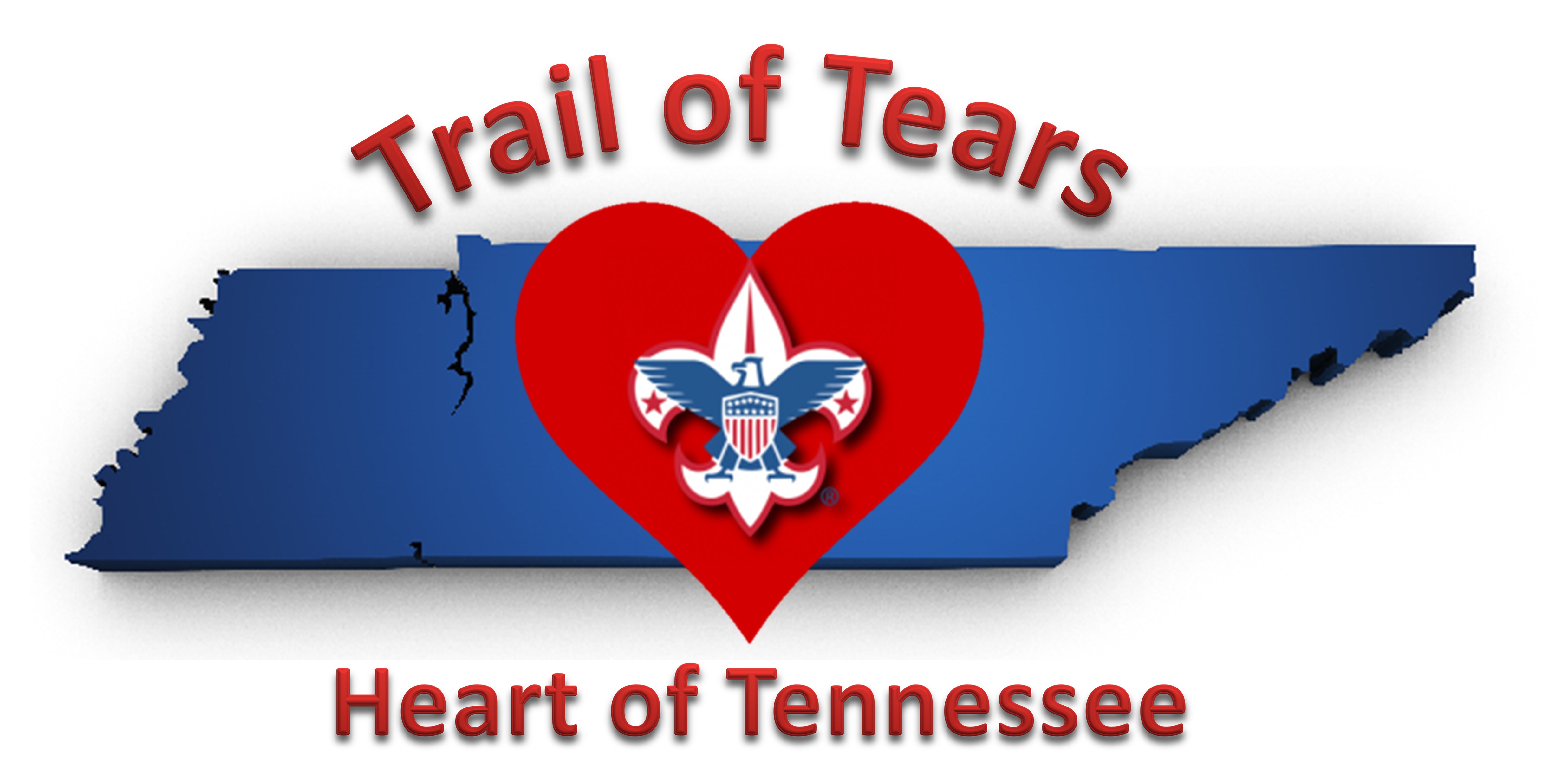
 Emergency Situation: A spring overnight campout in the White Mountains of New Hampshire is a quiet and peaceful respite. It’s also a cold one. As temperatures dip, you fire up your camp stove to boil water. You accidentally tip the pot and hot water scalds your hand. Quiet and peaceful has just become second-degree scary and painful. What should you do?
Emergency Situation: A spring overnight campout in the White Mountains of New Hampshire is a quiet and peaceful respite. It’s also a cold one. As temperatures dip, you fire up your camp stove to boil water. You accidentally tip the pot and hot water scalds your hand. Quiet and peaceful has just become second-degree scary and painful. What should you do?
Solution: In addition to being extremely painful, burns present a risk of infection and possible scarring if not treated properly. With that said, a second-degree burn may be treated in the field, provided you follow some basic first-aid guidelines.
First, if you witness someone experiencing a burn, be sure to help that person get away from the source of heat — for instance, if clothing catches fire, help extinguish flames using “stop, drop and roll.”
Treatment now depends on the severity of the burn. Assess burned skin using the following guidelines:
A superficial (first-degree) burn is mild and affects only the outer layer of skin. Touching a hot cook pot or getting too much sun can cause this kind of burn. It might cause pain, redness and swelling, but requires little in the way of major treatment.
A partial-thickness (second-degree) burn is characterized by damage to both the epidermis and the dermis, the second layer of skin. Spilling boiling water on skin, as described here, can cause a second-degree burn. The burned skin might appear pink, white or splotchy, and it might swell. Blisters often develop, pain can be severe and scarring is a danger.
In-the-field treatment of second-degree burns includes first rinsing the burn continuously with cool water (not ice water) until pain becomes less intense. You can also apply a cold compress to the burned area. Never apply ice directly to a burn, as this can cause further tissue damage.
Next, carefully clean the burn with mild soap and water. Remove any foreign material on the skin. Avoid popping blisters, which might lead to infection. Once the burn has been cleaned, apply a topical antibiotic ointment. Do this very gently, as the affected area will be sensitive.
Finally, bandage the burn with loosely wrapped sterile gauze dressing or a clean, dry cloth. You can also elevate the area to reduce swelling. Administer a pain reliever as needed.
There are situations when a second-degree burn requires professional treatment. For instance, if a person has second-degree burns on his or her face, it is OK to treat in the field but recommended that you seek follow-up medical attention. Or, if the second-degree burns cover more than 20 to 25 percent of a person’s body, you should seek immediate medical treatment.
A full-thickness (third-degree) burn destroys both the epidermis and dermis, leaving skin charred. Open flames or electrical exposure can cause third-degree burns. These burns are considered a medical emergency and should not be treated in the backcountry. The BSA’s Fieldbook (“Safety and Survival” chapter) advises Scouts to avoid removing any clothing and “wrap a clean sheet around the patient, treat for shock and seek immediate medical attention.”
Use Caution
An ounce of prevention is worth a pound of burn cream: The easiest way to deal with a burn is to avoid one in the first place. First, don’t hold hot pans or pots while pouring hot liquids. Instead, place them on the ground.
Second, always squat next to a campfire instead of standing and leaning over it, which reduces the chances of slipping or tripping, and keeps you safe from flare-ups. And finally — and this seems obvious — never jump over a campfire.
Powered by WPeMatico
